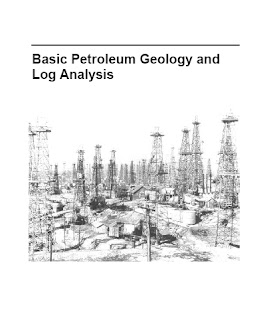Geology is the science that deals with the history and structure of the earth and its life
forms, especially as recorded in the rock record. A basic understanding of its concepts
and processes is essential in the petroleum industry, for it is used to predict where oil
accumulations might occur. It is the job of the petroleum geologist to use his/her
knowledge to reconstruct the geologic history of an area to determine whether the
formations are likely to contain petroleum reservoirs. It is also the job of the geologist to
determine whether the recovery and production of these hydrocarbons will be
commercially profitable.
The physical characteristics of a reservoir, how petroleum originated and in what type of
rock, what types of fluids exist in the reservoir, how hydrocarbons become trapped, and
basic well log analysis are some of the concepts vital to the production and recovery
efforts of any exploration or energy service company.oil spill
forms, especially as recorded in the rock record. A basic understanding of its concepts
and processes is essential in the petroleum industry, for it is used to predict where oil
accumulations might occur. It is the job of the petroleum geologist to use his/her
knowledge to reconstruct the geologic history of an area to determine whether the
formations are likely to contain petroleum reservoirs. It is also the job of the geologist to
determine whether the recovery and production of these hydrocarbons will be
commercially profitable.
The physical characteristics of a reservoir, how petroleum originated and in what type of
rock, what types of fluids exist in the reservoir, how hydrocarbons become trapped, and
basic well log analysis are some of the concepts vital to the production and recovery
efforts of any exploration or energy service company.oil spill














